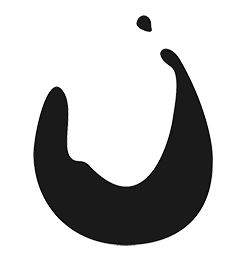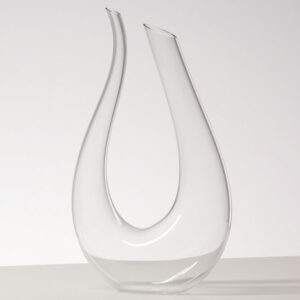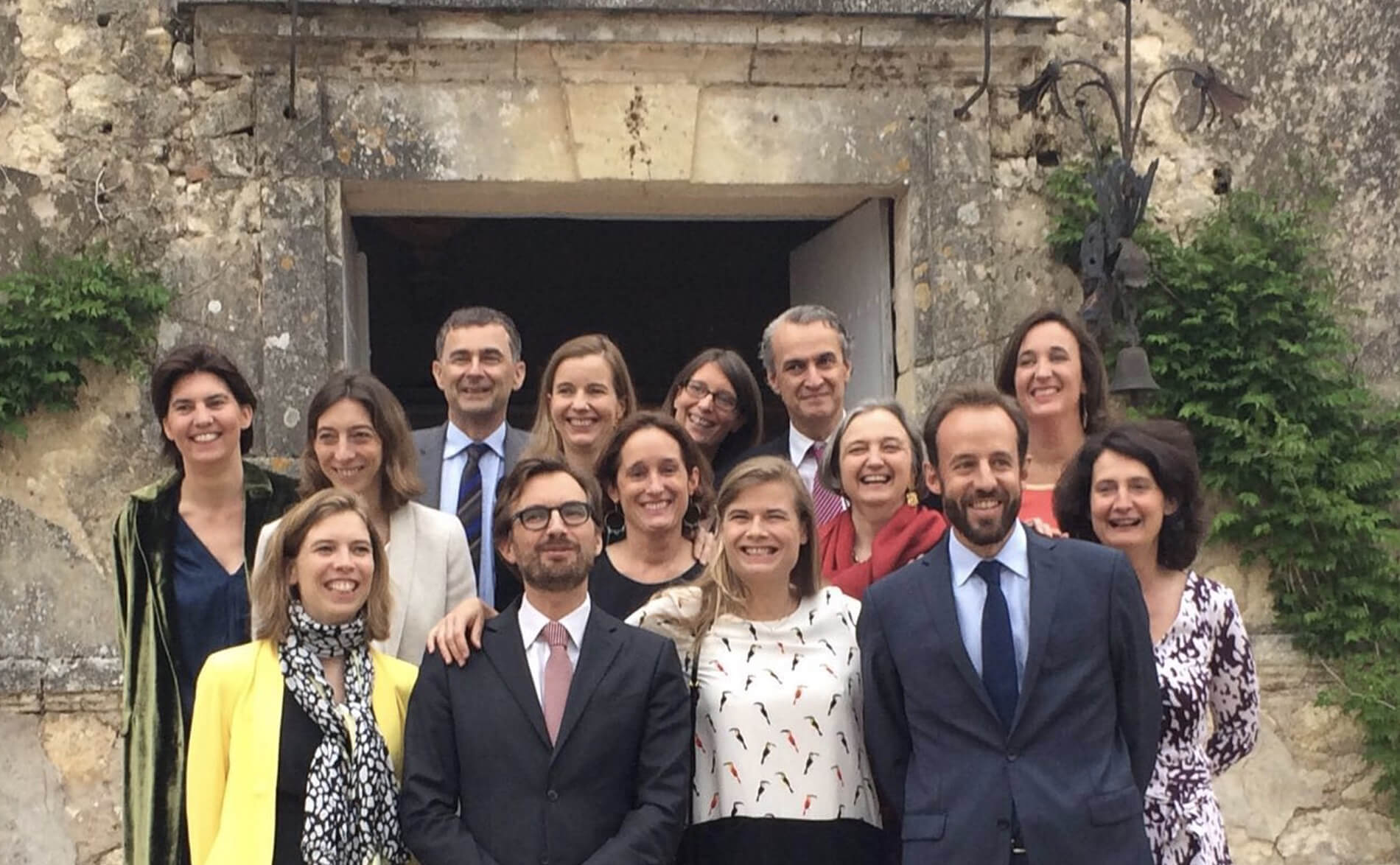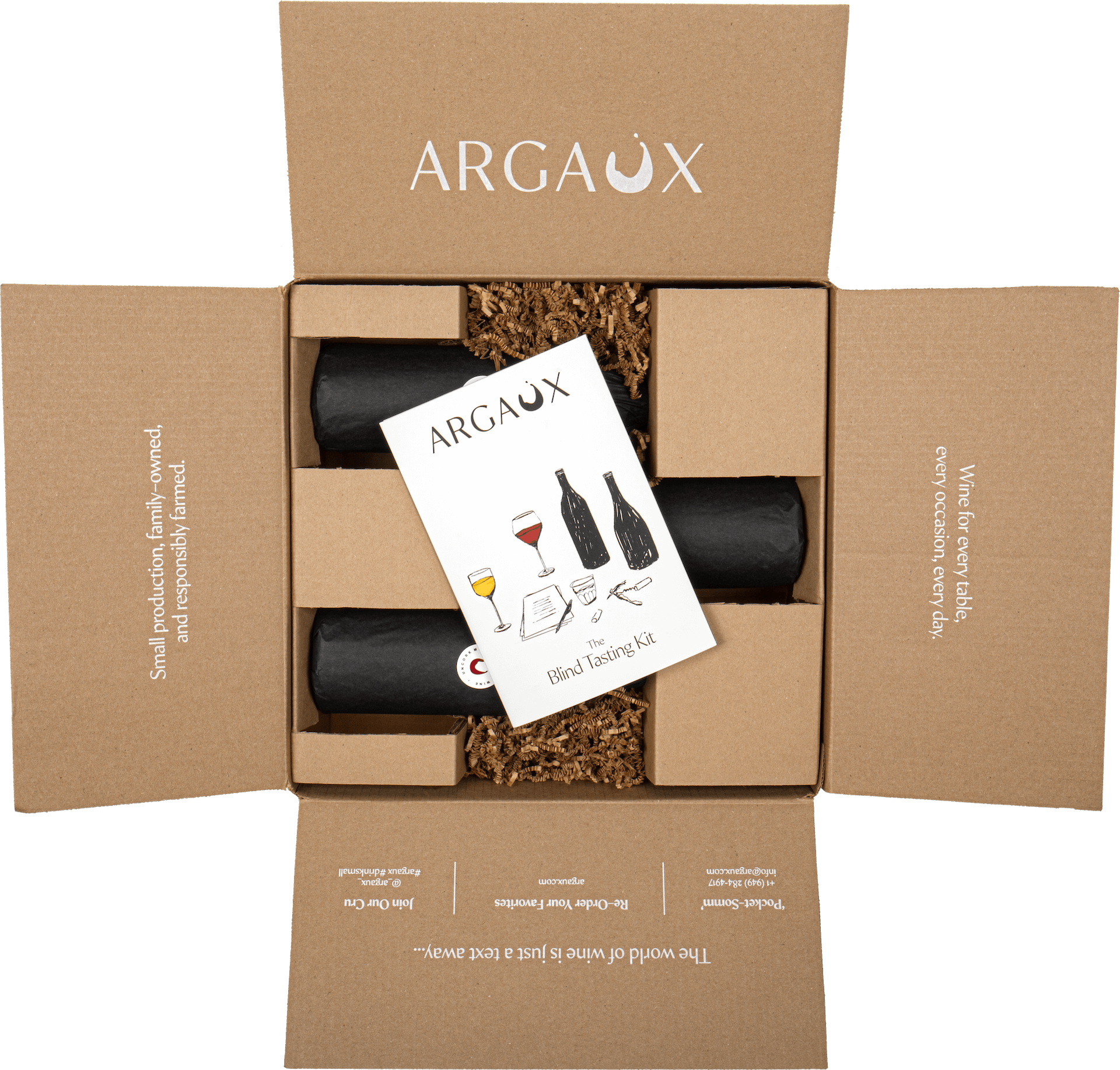- You cannot add "2020 Edaphos 'Alder Springs' Petite Arvine" to the cart because the product is out of stock.
2014 Château de Sales Pomerol
Château de Sales has been passed down in the same family from generation to generation for over 500 years. Supple, round, and structured, they produce some of the finest wines of the Pomerol appellation that embody tradition and precision. *This wine is drinking beautifully right now.
Sustainable farming practices and hand-harvested.
- Tasting Notes wild strawberry, black cherry, dried fig, plum, violets, tobacco, earth
- Variety 74% Merlot, 20% Cabernet Franc, 6% Cabernet Sauvignon
- Region France, Bordeaux
- Volume 750ml
- Alcohol Volume 13.5%
- Table Talk The estate is run by Vincent Montigaud, who previously worked for Baron Philippe de Rothschild for 23 years.
$45.00
Out of stock
Château de Sales has been passed down from generation to generation since the 16th century, when it was acquired by the Sauvanelle family. Since 1578, Château de Sales has seen four different families: the Sauvanelles, the Desaigues, the de Laages and the Lamberts, the changes in name occuring when the estate was passed down through the women of the family. Château de Sales is currently owned by the Lamberts and their children, who are direct descendants of the Sauvanelles.
Château de Sales is located in the north-west of the Pomerol appellation. With 47.6 hectares (117 acres) under vines out of the 90 hectares (222 acres) that make up the property, it is the largest vineyard in the Pomerol appellation. Château de Sales, which has had HVE High Environmental Value certification since 2020, promotes virtuous vine-growing practices which incorporate and enhance biodiversity (no chemical weedkiller, sexual confusion against grape berry moths).
BORDEAUX BLENDS
One of the world’s most classic and popular styles of red wine, Bordeaux-inspired blends have spread from their homeland in France to nearly every corner of the New World. Typically based on either Cabernet Sauvignon or Merlot and supported by Cabernet Franc, Malbec and Petit Verdot, the best of these are densely hued, fragrant, full of fruit and boast a structure that begs for cellar time. Somm Secret—Blends from Bordeaux are generally earthier compared to those from the New World, which tend to be fruit-dominant.
BORDEAUX, FRANCE
The largest region within France, Bordeaux has made quite the name for itself with its prestigious producers and fine wines. Bordeaux, having a moderate maritime climate, sees much influence from the nearby gulf stream including warming effects, rainfall and humidity which is why you’ll find a number of their vineyards closer to the ocean with a high gravel soil content. You may hear the term “Bordeaux Blend” thrown around or used in other countries pertaining to their wines that are made from multiple “Bordeaux” grape varietals and blended together. When this term is used it means the winemaker has included these 5 main grape varietals that are traditional to the Bordeaux region: Cabernet Sauvignon, Merlot, Cabernet Franc, Petit Verdot, and Malbec. Customary white grape varieties from Bordeaux are Sauvignon Blanc, Sémillon and Muscadelle. In the famous regions of Sauternes and Barsac you’ll find these classic white grapes used to make top quality sweet wine. Bordeaux has many distinguished appellations within the large region often characterized by “left bank” or “right bank.” The Dordogne and Garonne rivers form the Gironde Estuary that divides the Bordeaux vineyards into these separate “banks.” Falling on the left bank are the principal districts of Médoc/Haut-Médoc, Graves and Sauternes. Within each of these districts lies smaller appellations home to some of the most famous Château houses around the world. On the opposite side, Saint-Émilion and Pomerol make up the right bank where a vast majority of the Merlot grape is grown.








